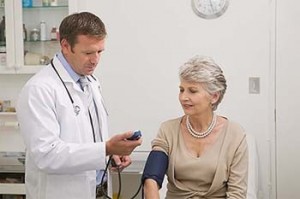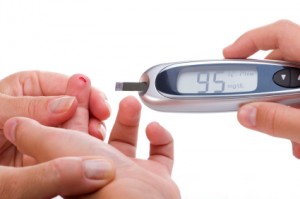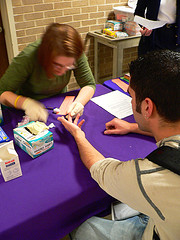Signs of Diabetes In Women
It is vital to know the diabetes symptoms in women in order to ensure that the disease is detected early before any irreversible damage is done. Moreover, early detection and treatment of the disease decreases the chance of developing serious health complications such as kidney disease, blindness or heart disease. The signs of diabetes in women include:
-
Yeast infection and vaginal thrust

-
Female sexual dysfunction (FDS)
Female sexual dysfunction causes various difficulties in sexual activity including:
- Difficulty with achieving an orgasm
- Lack of sex drive
- Difficulty with arousal (reduced sensitivity)
- Dyspareunia (pain during intercourse)
- Reduced vaginal lubrication
High levels of blood sugar can lead to nerve damage and/or poor blood supply over time which leads to problems with arousal ad/or achieving an orgasm. Moreover, high blood sugar leads to lack of natural lubrication which makes sex painful and/or difficult. However, female sexual dysfunction can also be caused by a wide range of psychological reasons.
-
Common Signs of Diabetes in Women – Frequent urination and dehydration
Someone with diabetes experiences frequent urination as the body tries to eliminate the excess glucose through urine. Besides eliminating the excess sugar, frequent urination also leads to loss of large amounts of water and the individual may also suffer from dehydration. Therefore, women with diabetes may experience frequent urination and excessive thirst throughout the day.
-
Polyphagia

-
PCOS (Polycystic Ovary Syndrome)
Polycystic ovary syndrome is a condition in which the number of cysts in the ovaries is larger than normal. PCOS is linked with high levels of insulin which is very common in people with type 2 diabetes and people who are overweight. Although diagnosis of polycystic ovary syndrome does not mean you are suffering from diabetes, the condition is linked with a high risk of developing type 2 diabetes.
-
Emotional Symptoms and Signs of Diabetes in Women
Emotional health can also indicate diabetes symptoms in women primarily because they experience emotion intensely as compared to men. Moreover, frequent urination, constant hunger and other conditions can be the causes of emotional distress especially in women who are suffering from diabetes.
Emotional problems such as lethargy, agitation and irritability without any reason can be classic diabetes symptoms in women. Although these symptoms in women can be caused by various reasons, if these emotions persist and manifest regularly they should be taken seriously. Make sure you take a visit to your diabetes management professional.
Women’s bodies present numerous obstacles for managing blood sugar and diabetes at all stages of life. These challenges occur due to hormonal fluctuations associated with child birth, the menstrual cycle, and menopause. This makes it difficult for women to maintain proper blood sugar levels. On the other hand, some contraceptives can increase blood glucose. Therefore, it is important to fully understand the signs of diabetes in women in order to avoid this confusion.





 The second diabetes form is due to the pancreas not producing enough of the insulin and the body not responding well to the insulin that it is given to it. This diabetes form is also most commonly associated with people who are way overweight and do not exercise enough as their body needs.
The second diabetes form is due to the pancreas not producing enough of the insulin and the body not responding well to the insulin that it is given to it. This diabetes form is also most commonly associated with people who are way overweight and do not exercise enough as their body needs.